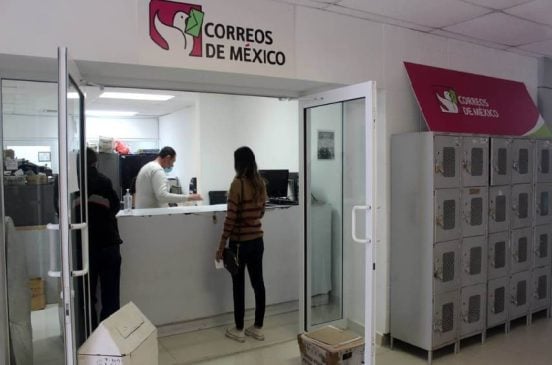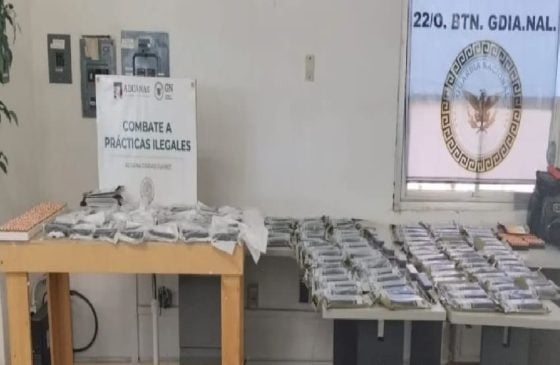Nogales, Arizona — A lot made up of 280 archaeological pieces from Sonora and western Mexico was returned to the country by the United States Tuesday at the Consulate General of Mexico in Nogales, Arizona.
The return of the items was part of a joint project between the Ministry of Foreign Relations and the Ministry of Culture through of the National Institute of Anthropology and History (INAH).
The pieces correspond to two batches, the first seized by the United States Immigration and Customs Control Service in 2012, which later coordinated with the Government of Mexico through INAH, the review of cultural property and its identification.
The second batch is made up of 10 artifacts delivered by the Chandler Museum to the ICE / HSI for their reintegration to Mexico, and includes anthropomorphic ceramic figures from the Tombs of Tire Culture in the west of the country.
Some exceed 30 centimeters in height and present details of ornamentation and adornment of the ancient settlers of pre-Hispanic Mexico, says the SRE in a statement.
In the lot of 270 pre-Hispanic archaeological pieces, there are mostly carved stone artifacts, mainly projectile and bifacial points including polished stone tools such as stone axes, and a group of copper bells, whose discovery is rare. The agency says these archaeological assets were stolen from various archaeological sites in the state of Sonora.
The 280 archaeological pieces were mostly seized by the United States Immigration and Customs Enforcement Service in 2012, and will now be integrated into INAH’s permanent collection of movable archaeological property.
Involved in the return of the items was the Consul General of Mexico in Nogales, Arizona, Ambassador Ricardo Santana, ICE / Homeland Security Investigations Special Agent in Charge Scott Brown, the consul general of the United States in Nogales, Sonora, Laura Biedebach and anthropologist José Luis Perea González, director of the INAH Sonora Center.
The archaeologists Elisa Villalpando Canchola and Jupiter Martínez Ramírez, from the INAH Sonora Center were in charge of the opinions and evaluations of the assets.
“Fifty years ago, our countries signed the collaboration treaty for the recovery of stolen archaeological and cultural assets. By virtue of this agreement, we have worked closely to return the assets that have been illegally stolen from the country to which they belong. Today, that work paid off and we can celebrate,” said Biedebach.
The US government is committed to continuing to collaborate with all agencies across borders to curb the theft and trafficking of cultural heritage, she said.


